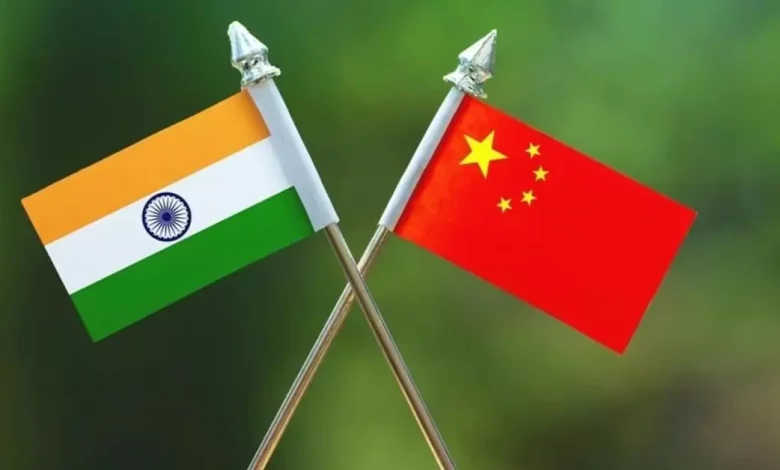
Context- India and China trade reached the highest record levels in 2023, indicating that bilateral trade had surpassed 2022 figures.
About
- In 2022, the general trade with China expanded by 8.47% year on year to attain USD 136.26 billion, crossing the USD a hundred billion mark for a 2nd time in a row.
- The trade deficit came at USD 101.28 billion as India’s imports from China witnessed an increase through 118.77%.
- As of 2022-23, China was India’s third biggest trading partner.
- Trade Agreements and Negotiations: India and China have engaged in negotiations to address trade issues and enhance economic ties.
- Both international regions have participated in nearby trade agreements including the Regional Comprehensive Economic Partnership (RCEP), despite the fact that India withdrew from the agreement citing concerns about its domestic industry and trade imbalances with China.
Concerns of India- China Trade Relations
- Trade Imbalance: One of the number one worries for India is the enormous exchange imbalance with China.
- India imports far extra goods from China than it exports, leading to a massive change deficit.
- This trade imbalance has been a chronic problem and has raised concerns about the impact on India’s domestic industries and employment.
- Quality and Safety of Chinese Goods: There were concerns in India about the high-quality and protection of some Chinese goods, in particular in sectors inclusive of electronics and customer products.
- Incidents of substandard or counterfeit products entering the Indian marketplace have raised regulatory and patron safety concerns.
- Dumping Practices: India has accused China of engaging in dumping practices, wherein Chinese groups allegedly flood the Indian marketplace with reasonably-priced goods at prices under production charges.
- This can damage domestic industries in India through undercutting their competitiveness and market percentage.
- Market Access and Non-Tariff Barriers: Indian businesses have faced challenges in gaining access to the Chinese market because of non-tariff obstacles, regulatory hurdles, and lack of transparency.
- Issues consisting of regulations on foreign investment, complex approval approaches, and intellectual assets rights protection have hindered Indian companies’ efforts to expand into China.
- Geopolitical Tensions and Border Disputes: The longstanding border disputes among India and China, specially along the Line of Actual Control (LAC), have periodically escalated into army standoffs and political tensions.
- These tensions have spilled over into economic relations and features brought about calls for boycotts of Chinese goods in India, impacting bilateral exchange.
- Strategic Competition: India and China also are engaged in strategic opposition, both regionally and globally.
- Their growing influence in South Asia and the Indian Ocean region has led to geopolitical rivalries that may affect change in relations.
- Security Concerns: Security worries associated with Chinese investments in critical infrastructure projects in India have also raised alarms.
- India has been careful about allowing Chinese corporations to take part in sensitive sectors consisting of telecommunications and infrastructure, citing national security concerns.
Way Ahead
- Overall, India and China have a complicated trade relationship stimulated by means of geopolitical tensions, border disputes, trade imbalances, and efforts to enhance economic cooperation.
- The future trajectory of their trade relations will depend upon various factors, along with efforts to deal with underlying issues and build trust among the two countries.
Source: The Hindu





.png)



